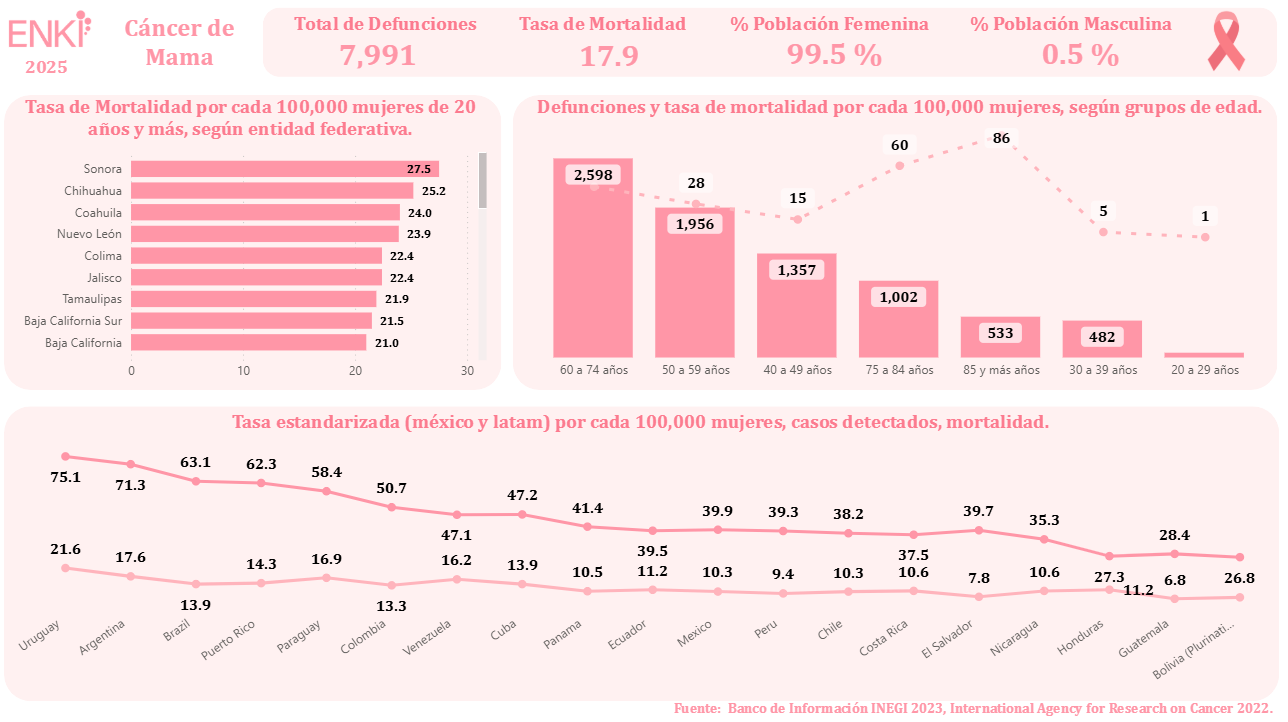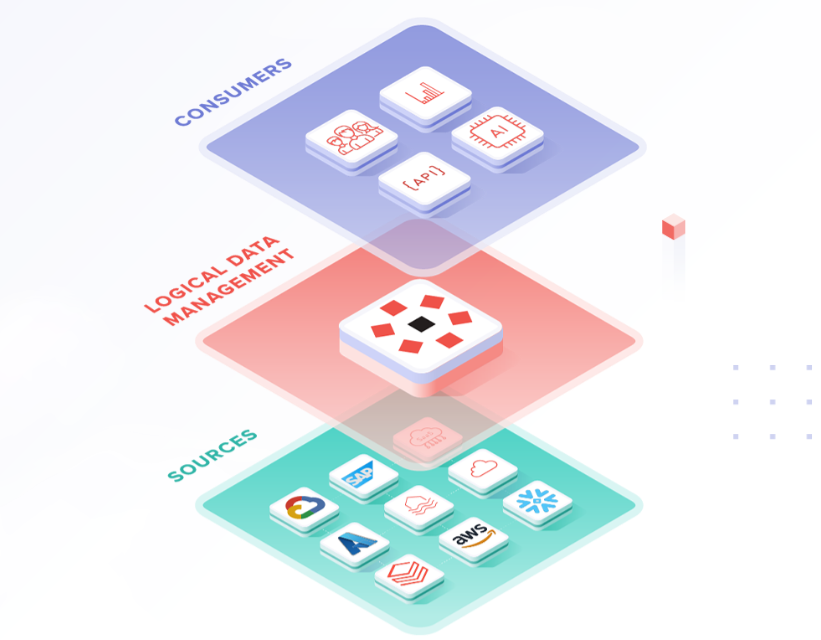Predictive analytics is a discipline that uses historical data and statistical algorithms to predict future behavior. In recent years, predictive analytics has experienced exponential growth, thanks to the increase in the availability of data and the development of new technologies, such as artificial intelligence and machine learning.
In simpler terms, it's about predicting what will happen through data analysis, allowing companies to anticipate trends, make informed decisions and maximize their results.
Importance of Predictive Analytics in Business
1. Strategic decision-making: Predictive analytics provides valuable information for strategic decision-making. By understanding future trends and behaviors, companies can adjust their strategies to adapt to the changing environment.
2. Improved operational efficiency: The ability to forecast demand, identify potential problems and optimize processes contributes to greater operational efficiency. This translates into cost savings and a more efficient use of resources.
3. Personalizing experiences: With predictive analytics, companies can personalize customer experiences. From product recommendations to personalized offers, this technology allows companies to meet individual customer needs more effectively.
Impact of Predictive Analytics on Companies
1. Creating new products and services: Predictive analytics can help companies create new products and services that meet customer needs. This is because predictive analytics can identify customer trends and preferences.
2. Predictive maintenance: In sectors such as manufacturing and logistics, predictive analytics is used to predict equipment failures and perform preventive maintenance, avoiding costly downtime.
3. Risk management: In the financial field, predictive analytics is essential for evaluating and forecasting risks. From fraud detection to credit assessment, this tool is key to making informed financial decisions.
The Future of Predictive Analytics
As we move toward an increasingly digitized world, predictive analytics will continue to evolve. Integration with emerging technologies such as artificial intelligence and the Internet of Things will open up new possibilities and expand their application in various sectors. Among the most notable advances in the future of predictive analytics is the integration of unstructured data.
Integration of unstructured data: With all the rise of Artificial Intelligence and the positioning of Machine Learning, data models may be more sophisticated since the possibilities of integrating unstructured data have increased, such as image recognition, videos, audios, etc., which are enriching data models not only with tables, numbers and text as is traditionally the case.
The predictive analytics revolution is having a significant impact on all sectors of the economy. Those companies that adopt this technology with a vision of the future will be better positioned to thrive in an increasingly competitive business environment.
Prepare for the future with predictive analytics!
If you want to know more about predictive analytics, visit our section of Data Science or contact us.









































